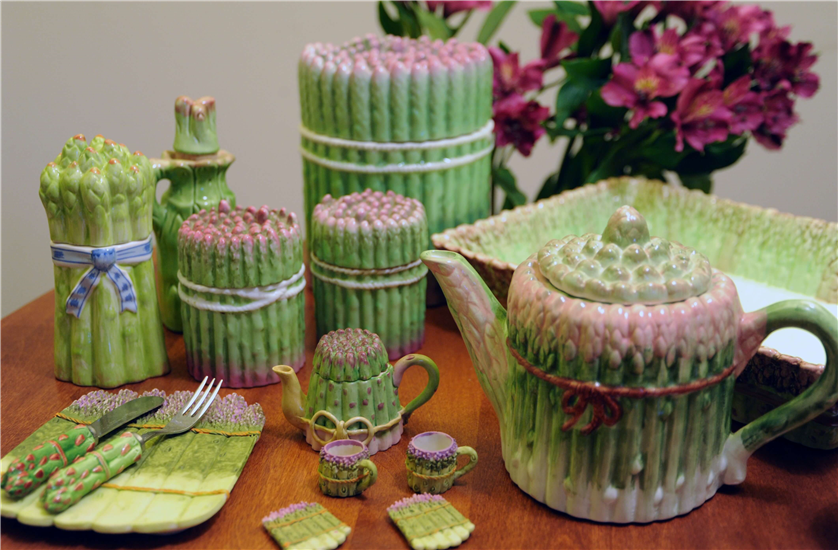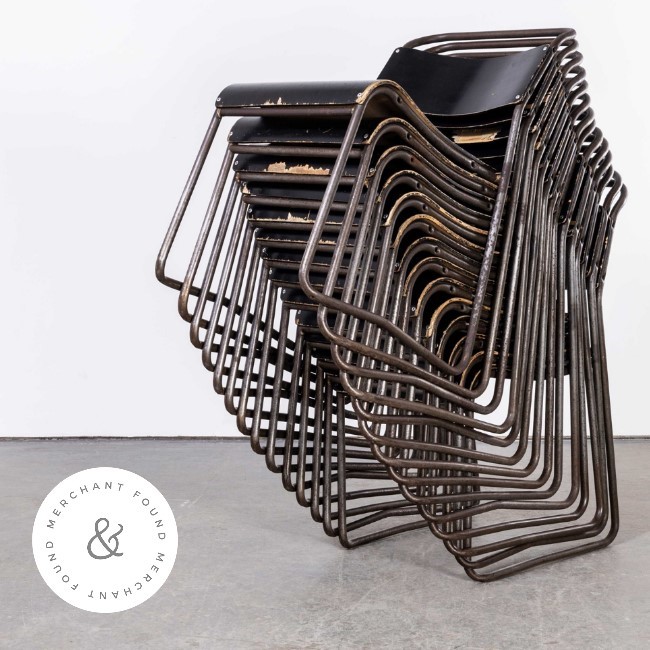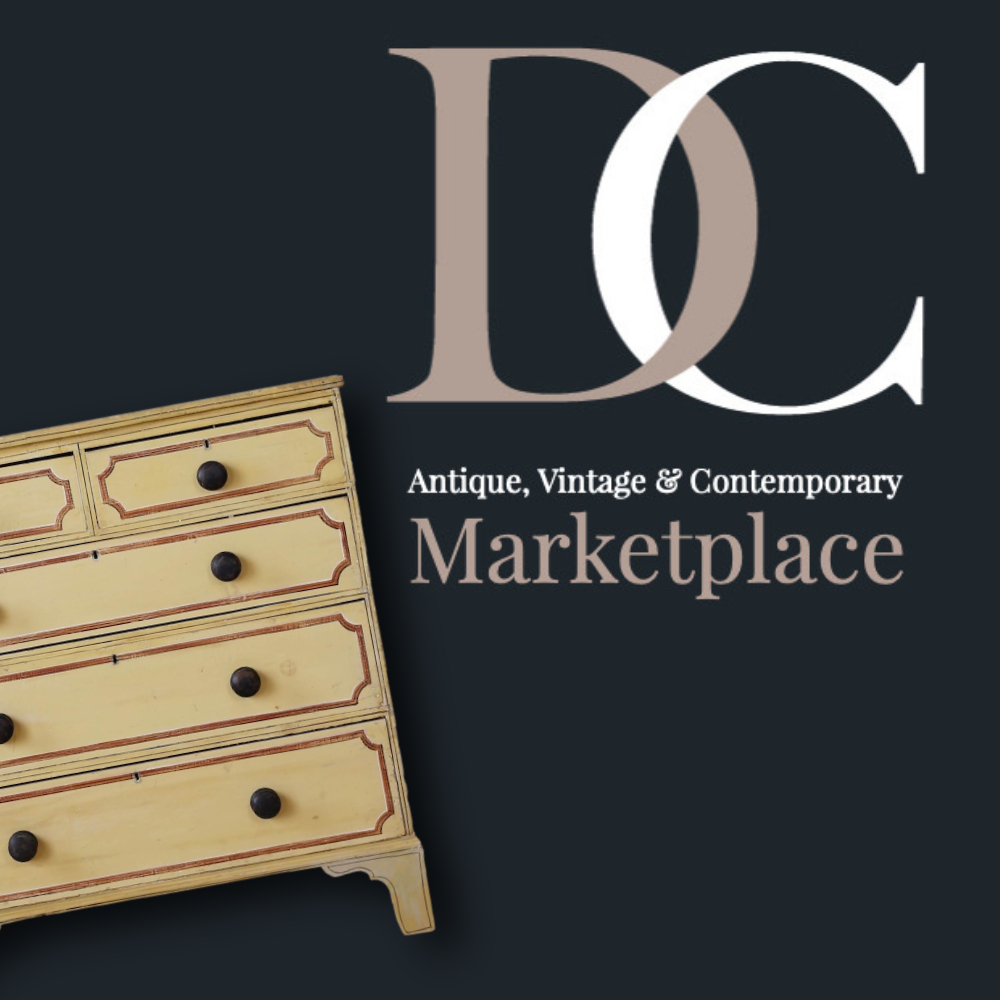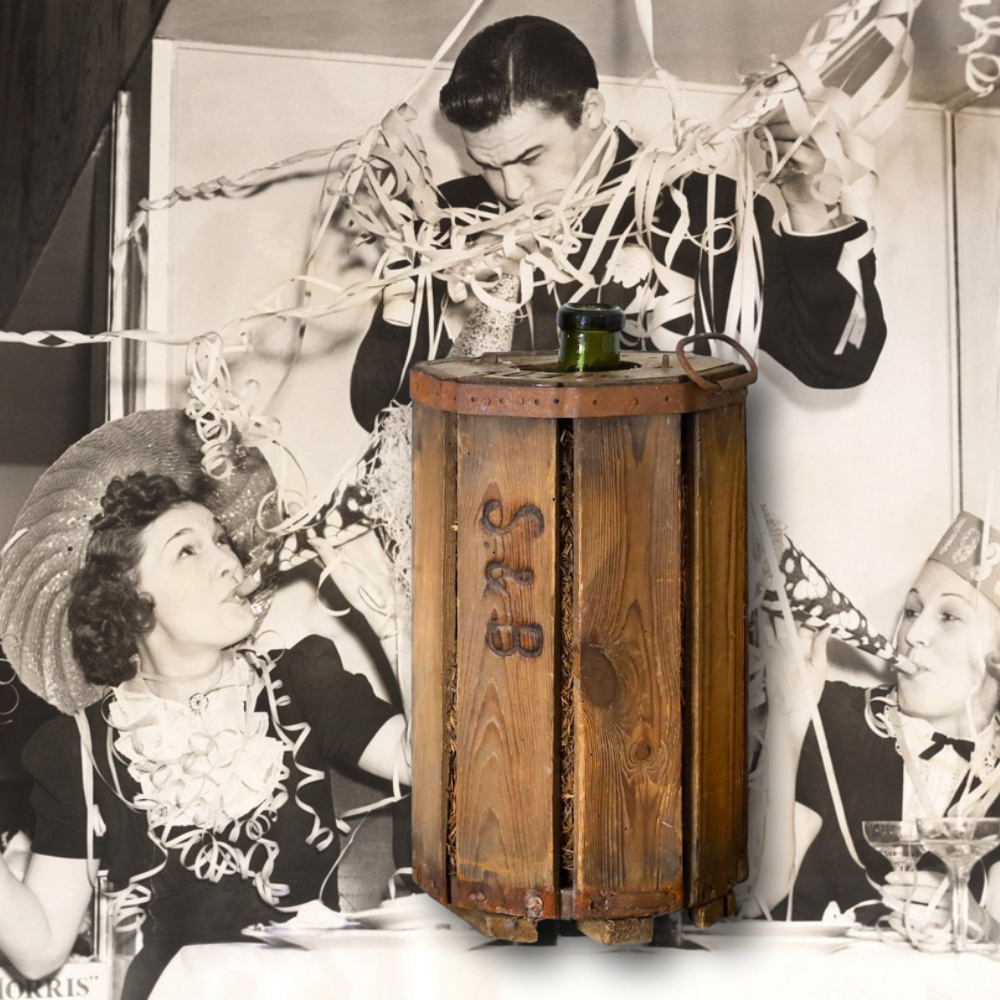
Ceramics are always a popular type of antique, but it can be hard to know where to start if you want to begin collecting them or if you are looking to sell them. There are so many varieties of antique ceramic out there, so getting to grips with identifying and valuing ceramics is no easy task.
From individual items to full collections, it is a good idea to have a basic understanding of what items you have or what you’re looking for to avoid getting lost in the world of vintage ceramics. This brief guide will take you through some of the basic questions people often ask when starting to learn about antique ceramics.
How do you identify ceramics?
As with other types of antiques, ceramics come with marks that help you identify them. However, the range of ceramics and pottery out there is incredibly varied, which means that the marks cover a huge selection of ceramic types, as well as makers.
These marks are generally found on the bottom of any ceramics, so are generally easy to find. The V&A has a great A-Z guide of what they mean that could help you identify the type of ceramics you have and who made them.
As well as marks, there are a few other factors that will help you identify your ceramics:
- What is it made of? Ceramics tend to be coarse earthenware, harder stoneware or delicate porcelain. The weight and translucence of a piece can give you an indication of what it is made of.
- How was it made? Older pottery will have been made by hand, while pieces being made on a wheel are much later. Understanding how your ceramic item was cut from the wheel, cleaned and finished can tell you a lot about it.
- What type of glaze is used? The glaze and decoration used on ceramic can also help you identify it, as many makers had styles that stand that. Check whether the surface is even, cracked or bubbly, as well as if it is shiny or matte, hard or soft. All of these will help you identify the pottery.
How do you date ceramics?
Looking for the marks and the other aspects listed above will help you identify who made the pottery, as well as when it was made. Of course, this may be a broad estimate.
If you’re looking for a more definitive answer, having your ceramics looked at and valued by an expert is the best option. They will know exactly what to look for and be able to identify tell-tale signs that indicate the maker of the item, the place it made and when it is likely to have been produced.
Using this information, they’ll be able to provide an estimated value for your piece, as well as other helpful information; such as whether it is part of a pair or set. This can help you when building your collection or if you decide to sell your antique ceramics.
How do you know if ceramics are valuable?
The value of antique ceramics depends on a number of factors. There is no way to simply look up a value as each individual piece will be different and so be worth more or less than a similar item.
To give you an idea of the value of antique ceramics, you should look at the following:
- The designer’s mark: Even if two ceramic items are almost identical, one with a designer’s mark will always be worth more than one without. You should always check for a maker’s mark, as well as a designer or artist mark, as these can give you an idea of popularity, which will affect value.
- Condition: As with any antique, condition is important. Ceramics in good condition can sell for more, but this doesn’t mean that damaged ceramics have no value. If an item has been restored well, this can also help with its value.
- Rarity: Rare antique ceramics will always be worth more and, in some cases, may still be worth a lot with damage.
- Authenticity: Is your item genuine? In most cases, a maker’s or designer’s mark will show it to be a genuine item. However, forgeries do happen, so you need to be sure that your item is authentic.
- Popularity: Ceramic styles and makers go in and out of popularity, which can affect their value. This can mean that items that are less popular now may be more sought after in the future, making them a good investment.
Should I get my antique ceramics appraised?
If you want to sell your ceramics or get them insured, it is a good idea to get them appraised. This will give you an idea of value and provide you with more information about their origins.
An appraisal can also give you more information about other pieces by the same maker that you may want to add to your collection, which could increase the value of your ceramics over time.






